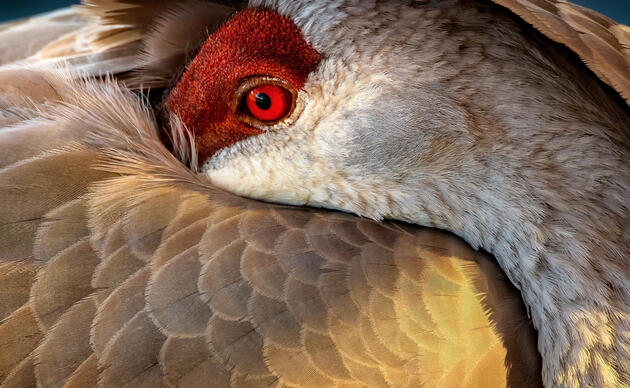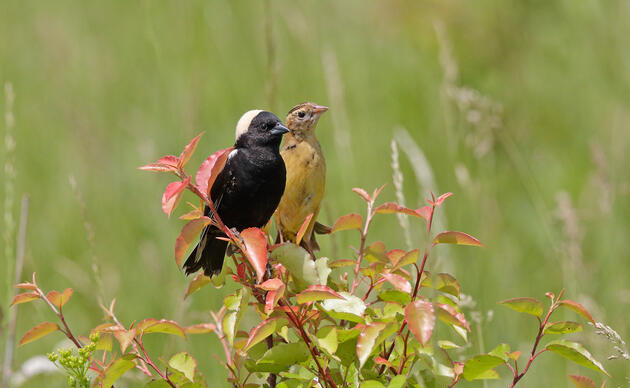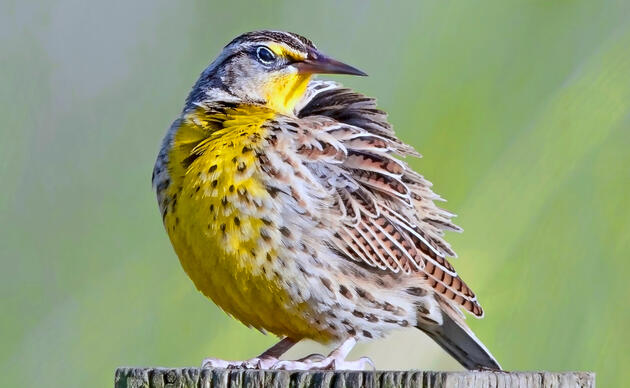The Urban Pollinator Plots project is a testament to the power of collective action and the growing recognition of the importance of restoring critical wildlife habitat. In partnership with the Fargo Parks District, North Dakota State University, the United Prairie Foundation, and the North Dakota Heritage Fund, we launched the Urban Pollinators Plots project to transform pockets of Fargo, North Dakota, into vibrant and welcoming habitats for pollinators and wildlife. With the goal of establishing more than 50 acres of high diversity, forb-rich, native prairie plantings in urban parklands, the UPP project enhanced our landscape for people and wildlife to enjoy, while increasing awareness and education on the importance of protecting our natural resources.
Diverse Plantings for a Resilient Ecosystem
One of the project’s defining features is the careful selection of native plants that are not only beautiful but also crucial for the health of local pollinators. Under the direction of United Prairie Foundation, a non-profit that has prided itself as an implementation group dedicated to restoring diverse prairie habitats and educating the public of the need to propagate native plant communities, over 80 species of native forbs were hand selected and planted for Urban Pollinator Plots. Native plants provide a sustainable source of food and shelter for birds, bees, butterflies, and other pollinating insects. By planting a diverse array of native species, the UPP program supports the resilience of these urban ecosystems.
Community Conservation
As we lean into National Audubon’s strategic plan, we pivot our “Bird-Friendly Communities” focus to a broader more expandable spotlight known as “Conservation Communities.” An uplifting aspect of the UPP project has been the incredible community support. With over 100 volunteers, we were able get hundreds of plants in the ground and restore over 50 acres of habitat.
Building upon community conservation, the UPP project beautifies the Fargo-metro community while increasing awareness and education on the importance of protecting our natural resources. These transformed plots are not only aesthetically pleasing for community members to explore, but also serve as crucial areas for pollinators as they navigate the urban landscape. This interconnected network of wildlife habitat is essential for the survival of these pollinating insects and survival of birds. Pollinators play a vital role in sustaining bird populations by facilitating the availability of a diverse and abundant food supply.
The success of the Urban Pollinator Plots project in Fargo serves as a shining example of what can be achieved when communities, conservation organizations, and volunteers come together with a shared goal.




